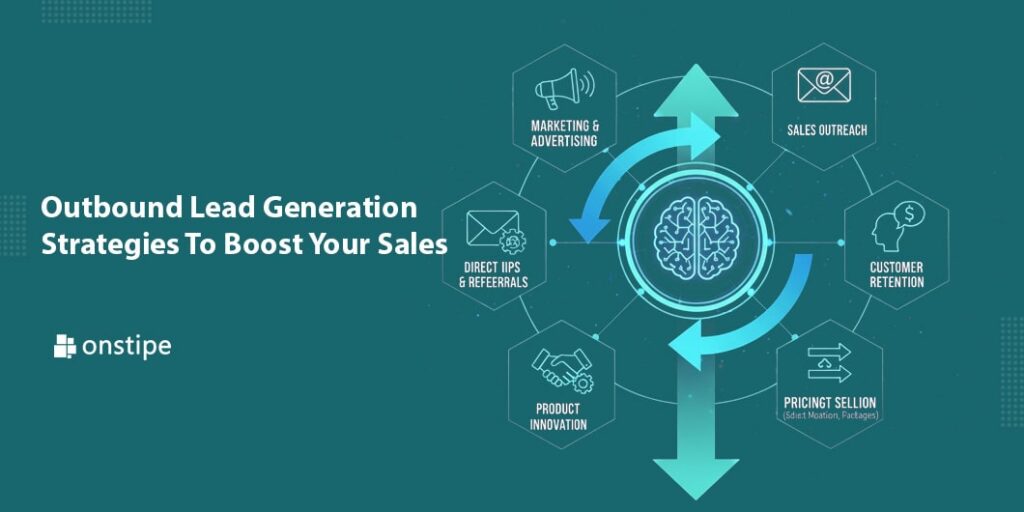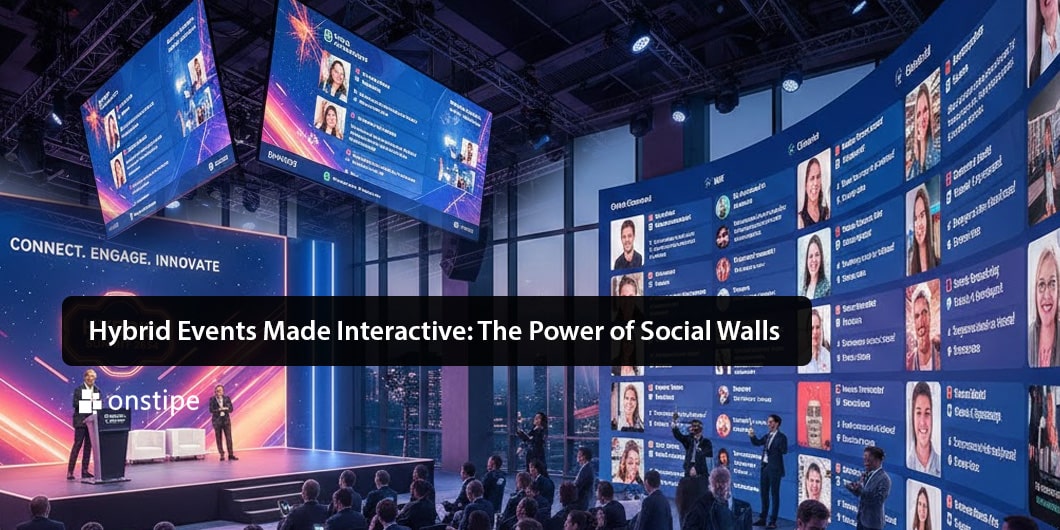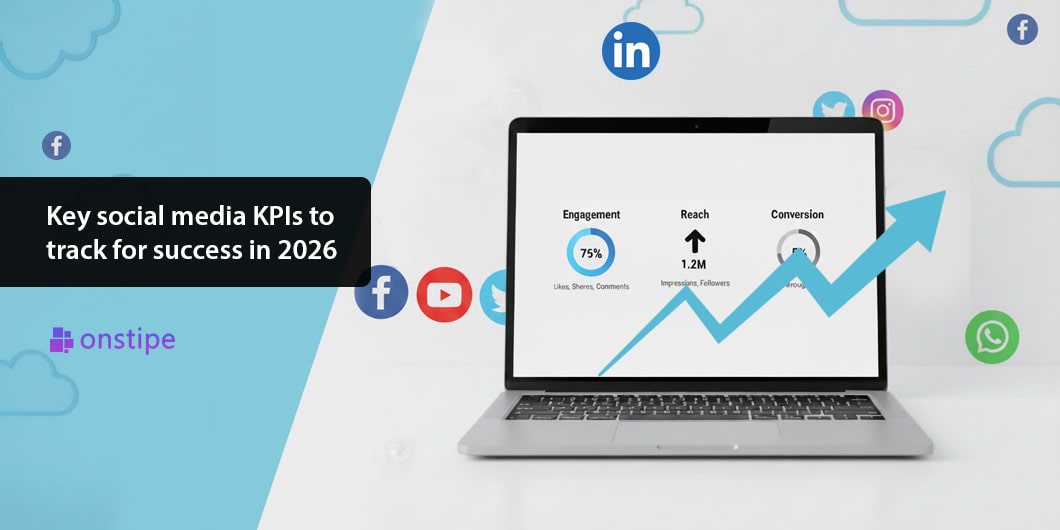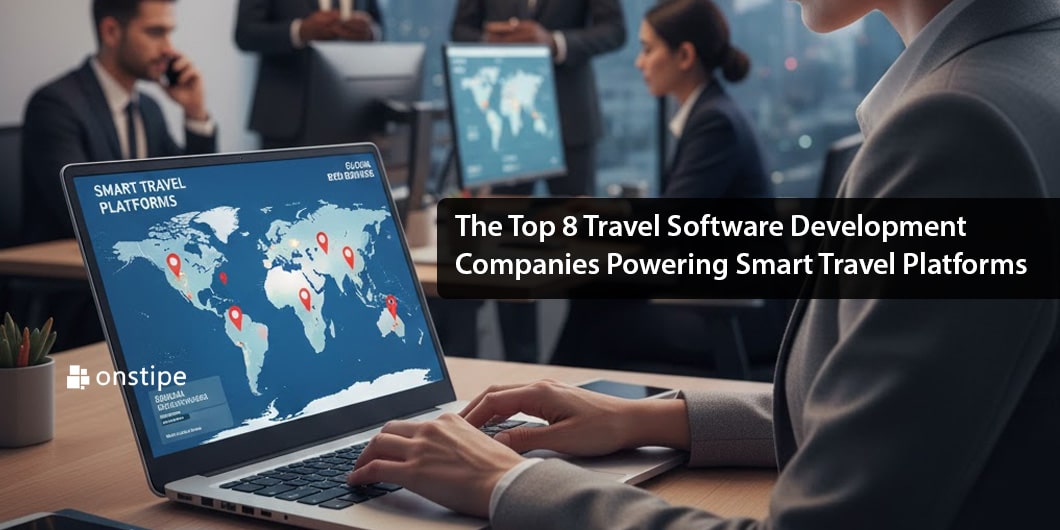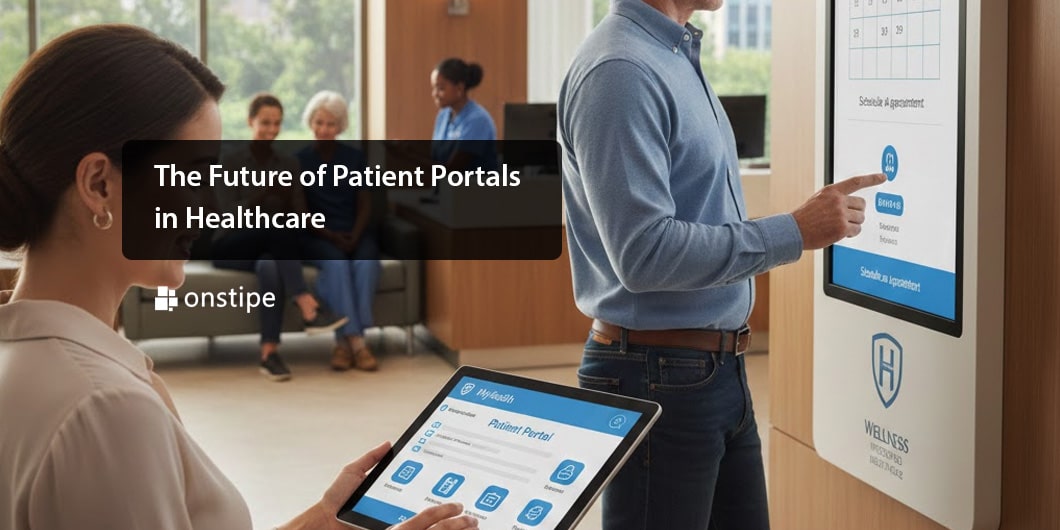Outbound lead generation remains a cornerstone of predictable revenue for businesses that sell to other companies. When executed thoughtfully, outbound outreach helps you reach decision makers who might not yet know your brand. The goal is simple: find the right prospects, open a conversation, and earn the meeting that leads to a sale. This article walks through what outbound lead generation is, how teams are structured, and eight actionable strategies you can use to improve meeting velocity and close rates. Practical examples and modern tools are included so you can build a repeatable outbound lead generation process.
What is Outbound Lead Generation?
Outbound lead generation is the practice of proactively reaching out to potential customers rather than waiting for them to find you. It covers tactics such as cold email, cold calling, LinkedIn outreach, targeted ads, and account-based marketing. Outbound differs from inbound because you initiate contact based on research, intent signals, or firmographic fit. The core steps in an outbound lead generation process are:
- Identify target accounts and ideal customer profile.
- Find the right contacts and verify contact details.
- Craft tailored outreach that addresses a clear pain point.
- Follow up with multi-touch sequences across channels.
- Convert interest into meetings and hand leads to sales.
A structured outbound lead generation course or in-house function turns these steps into a reliable funnel that feeds your sales pipeline
What Does an Outbound Lead Generation Team Look Like?
Teams vary by company size, but a typical outbound squad includes these roles:
- Head of Outbound or SDR manager who sets strategy and KPIs.
- Sales Development Representatives who execute outreach and book meetings.
- Researchers or data specialists who curate target lists and maintain data hygiene.
- Content or copy specialist who writes templates, sequences, and value propositions.
- Ops and analytics to report conversion rates, CAC, and meeting quality.
Smaller teams often combine responsibilities. The most successful teams have clear playbooks, cadence tests, and a culture of continual learning.
Effective Strategies for Outbound Lead Generation
Below are eight proven strategies you can mix and match according to your product, market, and team capacity.
1. Personalized Cold Email Outreach
Cold email remains one of the most scalable outbound channels when done with respect and relevance. Instead of spray and pray, research each account and personalize the message to a specific challenge or event. Use an initial, concise outreach and a short, curiosity-driven subject line.
When you need to find verified contacts and domain-based emails, use a reliable domain email finder. Tools like this speed up prospecting while keeping accuracy high. Mentioning useful tools is part of creating efficient workflows.
Best practices for cold email:
- Keep the first email under 90 words.
- Start with a one-line observation that shows you did research.
- Include a single call to action such as a two-option meeting ask.
- Sequence follow-ups over days and weeks, not hours.
- Track opens, replies, and link clicks so you can refine messaging.
Segment your outreach by role, industry, and pain point. Well-segmented email campaigns outperform generic blasts and produce higher opens and replies.
2. Cold Calling with a Purpose
Cold calling is effective when it complements other outreach and is tightly targeted. The goal of a cold call is often not to close but to book a discovery meeting. Prepare a script outline, not a monologue. Lead with research and be ready to pivot to a short value statement.
Practical tips:
- Call at times proven to work in your market, such as late morning or late afternoon.
- Combine calling with email touches to increase recognition.
- Use voicemail strategically with a short value message and a clear next step.
- Measure calls to conversation to meeting conversion, not just dials.
Recent industry data shows cold calling conversion rates vary but remain a meaningful part of the outbound mix when combined with other channels. Top performers consistently do research before outreach and follow up persistently.
3. Use LinkedIn for Networking and Outreach
LinkedIn is a direct channel to decision makers and influencers. Use it to warm up contacts, build credibility, and create multi-touch outreach sequences. Start by connecting with a short, value-led message. Follow up with content engagement or a direct message that references mutual context.
If you plan to scale outreach on LinkedIn, consider a LinkedIn Automation tool for lead generation to manage sequences and engagement. Use automation cautiously and always keep messages personal and compliant with platform rules.
Why LinkedIn matters:
- It lets you reach people where they engage professionally.
- Thoughtful content and consistent engagement warm prospects before asking for time.
- Sales tools built for LinkedIn can increase opportunities and deal size when used correctly.
4. Leverage Email Sequences to Build Relationships
Single outreach attempts rarely work. Well-timed email sequences build familiarity and trust. A typical sequence moves prospects from awareness to curiosity to a meeting. Each step should add new value.
Sequence structure example:
- Email 1: Short introduction with a specific observation.
- Email 2 (2–4 days later): Social proof or case study relevant to the prospect.
- Email 3 (1 week later): Share a micro resource or insight.
- Email 4: Direct meeting ask with calendar options.
Measure which touch moves the needle most and iterate. Segmented sequences produce higher opens and replies than one-size-fits-all campaigns.
5. Attending Industry Events and Conferences
In-person events still create quality conversations and accelerate deal cycles. Conferences, roundtables, and local meetups are places to meet multiple stakeholders from the same account. Events also give you context for follow-up outreach.
How to get more from events:
- Create a short event playbook for reps to capture notes and next steps.
- Host a small dinner or roundtable to build deeper relationships.
- Follow up within 24 to 48 hours with a personalized note referencing the meeting.
Events are especially useful for enterprise sales where face time and trust matter.
6. Create Referral Programs
Referrals convert at higher rates and create long term value. A formal referral program rewards customers or partners who introduce qualified leads. Keep incentives aligned to customer lifetime value and keep the referral process frictionless.
Referral best practices:
- Offer meaningful rewards that do not erode margin.
- Make it easy to refer via email, forms, or in-app prompts.
- Track referred leads separately to measure conversion lift.
Referral leads often have higher conversion rates and longer retention. Treat referral programs as an acquisition channel and measure ROI like any other campaign.
7. Targeted Social Media Outreach
Beyond LinkedIn, targeted outreach on niche platforms can work if your prospects are active there. Use content to attract attention and direct messaging to start conversations. Social outreach works best when it matches the buying committee’s communication habits.
Practical uses:
- Join relevant groups to share expertise.
- Use short, tailored video messages for high-value prospects.
- Monitor brand mentions and intent signals for timely outreach.
8. Account-Based Marketing (ABM) Lead Generation
ABM focuses resources on a set of high-value accounts and treats each account like its own market. ABM is effective for mid-market and enterprise deals because it coordinates marketing and sales across stakeholders.
Elements of an ABM approach:
- Select target accounts based on fit and potential.
- Map buying committees and craft tailored messaging.
- Coordinate multi-channel campaigns across email, social, ads, and events.
- Measure account penetration, influenced pipeline, and deal velocity.
Organizations that do ABM well report higher ROI than traditional demand generation. ABM helps you align outreach with the complexity of enterprise buying.
Boost Your Meetings Booked and Sales With AI Artisans
AI tools are reshaping outbound workflows by removing repetitive tasks and enabling smarter personalization at scale. From AI assistants that draft outreach, to scheduling tools that remove back-and-forth emails, AI lets reps spend more time selling.
How AI helps:
- Automates data entry and CRM updates to keep records clean.
- Suggests personalization tokens and subject lines that improve open rates.
- Identifies intent signals so your team contacts accounts at the right moment.
- Automates meeting scheduling and follow-ups to reduce manual tasks.
Teams that adopt AI thoughtfully see measurable productivity gains and revenue improvement. Sales organizations using AI report higher revenue growth than those who do not. Balance automation with human oversight so outreach remains authentic and relevant.
Practical AI use cases for outbound:
- Use AI to surface the best contact and the right intro line.
- Auto-generate follow-up sequences and A/B test subject lines.
- Integrate an AI scheduling assistant to cut time-to-meeting.
- Use meeting intelligence to capture action items and next steps immediately after calls.
When combined with strong playbooks and quality data, AI artisans can materially increase meetings booked and improve lead qualification.
Conclusion
Outbound lead generation is not a single tactic. It is a disciplined process that combines research, multi-channel outreach, and consistent follow-up. The most effective programs balance human insight with scalable tools. Start with a clear target profile and clean data, then layer on outreach channels that fit your buyer. Use email and LinkedIn for volume and personalization, cold calling for direct conversations, events for relationship building, referral programs for higher conversion, and ABM for strategic accounts.
Finally, add AI where it removes busywork and boosts personalization, not where it replaces human judgment. With the right mix of tactics and measurement, your outbound lead generation strategies will consistently feed high-quality meetings to sales and boost revenue over time.

